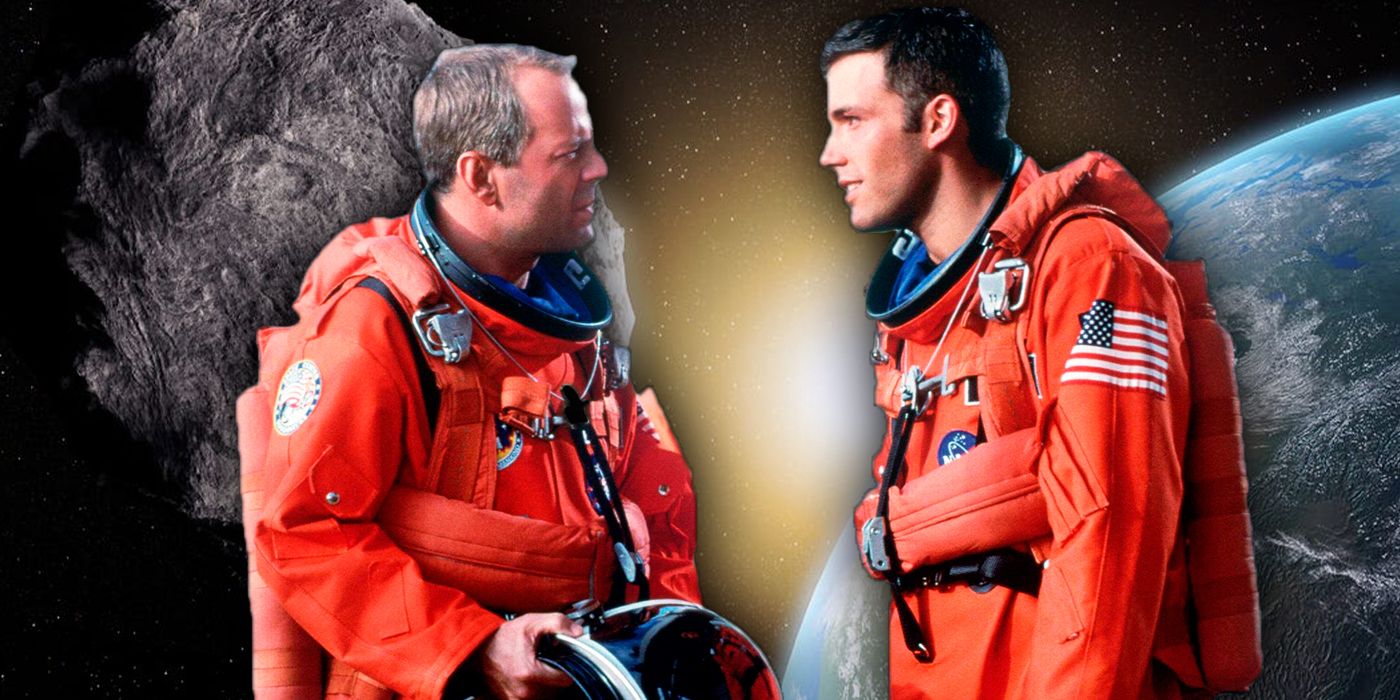NASA has confirmed that the science behind Michael Bay's Armageddon doesn't add up.
NASA conducted a training exercise to test its ability to respond to a hypothetical asteroid crisis, as reported by Business Insider. Its simulation depicted an asteroid at 35 million miles away and expected to hit Earth in six months. NASA found that if an Earth-bound asteroid was discovered, six months is far too short a period to avert the disaster. Experts determined that no current technology would be capable of stopping the asteroid from striking, making Armageddon's 18-day timeline to avoid a Texas-sized asteroid a sci-fi tale.
Paul Chodas, manager of NASA's Center for Near-Earth Object Studies, helped host the simulation and admitted that the exercise was deliberately setting the participants up for failure, stating, "It's what we call a short-warning scenario."
Furthermore, the participating scientists were not told how big the hypothetical asteroid was until a week before it was set to hit Earth. "We didn't know if the object was 35 meters across or 500 meters across. And that makes a very big difference," said Sarah Sonnett, a researcher at the Planetary Science Institute who participated in the disaster readiness test.
While a 35-meter asteroid could explode in the atmosphere and send shockwaves through a neighborhood, a 500-meter asteroid could decimate a city the size of France, which makes Armageddon's Texas-sized asteroid cataclysmic and almost impossible to destroy.
In reality, if a Texas-sized asteroid like the one depicted in Armageddon was heading for Earth, scientists would need years of warning. Chodas indicated that five years would be the bare minimum, while MIT astronomer Richard Binzel puts the estimate closer to a decade, stating, "It takes time to know thy enemy. I think the best investment is knowledge. The best investment is knowing what's out there."
Fortunately, NASA continues to develop technology to prevent an Earth-meets-asteroid collision. Among these upcoming technologies are means to destroy the asteroid and/or alter its path, with methods such as explosive devices, lasers and a spacecraft designed to ram space rocks. Additionally, NASA intends to launch an infrared telescope called the Near-Earth-Object (NEO) Surveyor into Earth's orbit by 2026 to increase NASA's early-warning system.
Source: Business Insider

